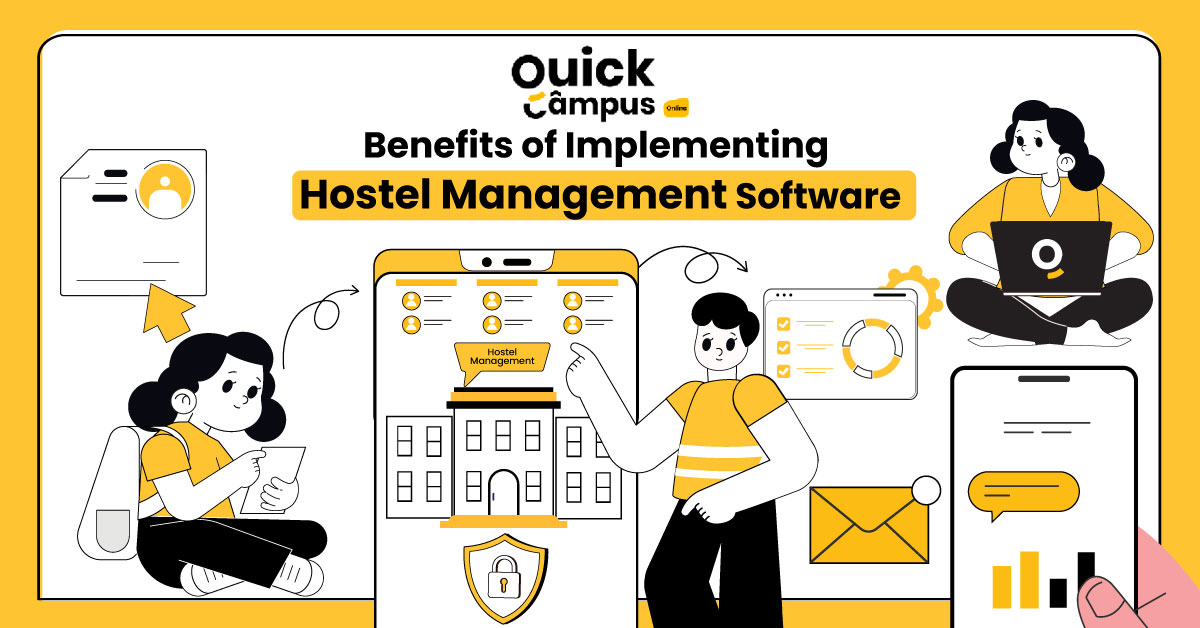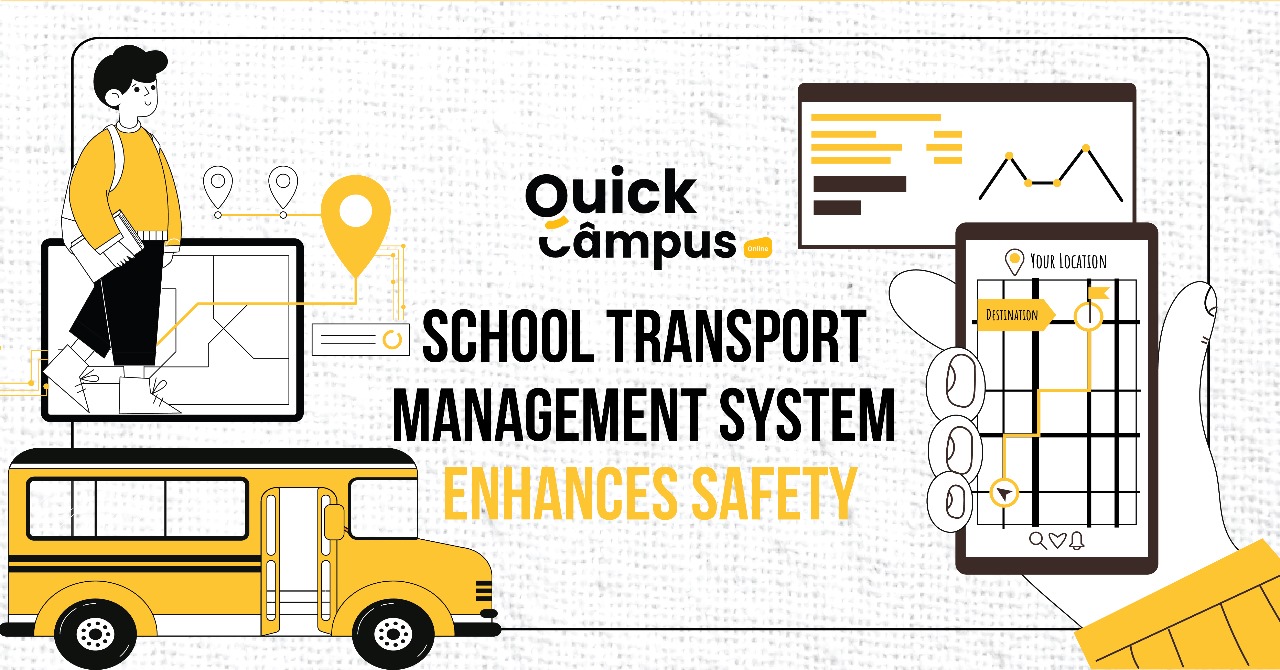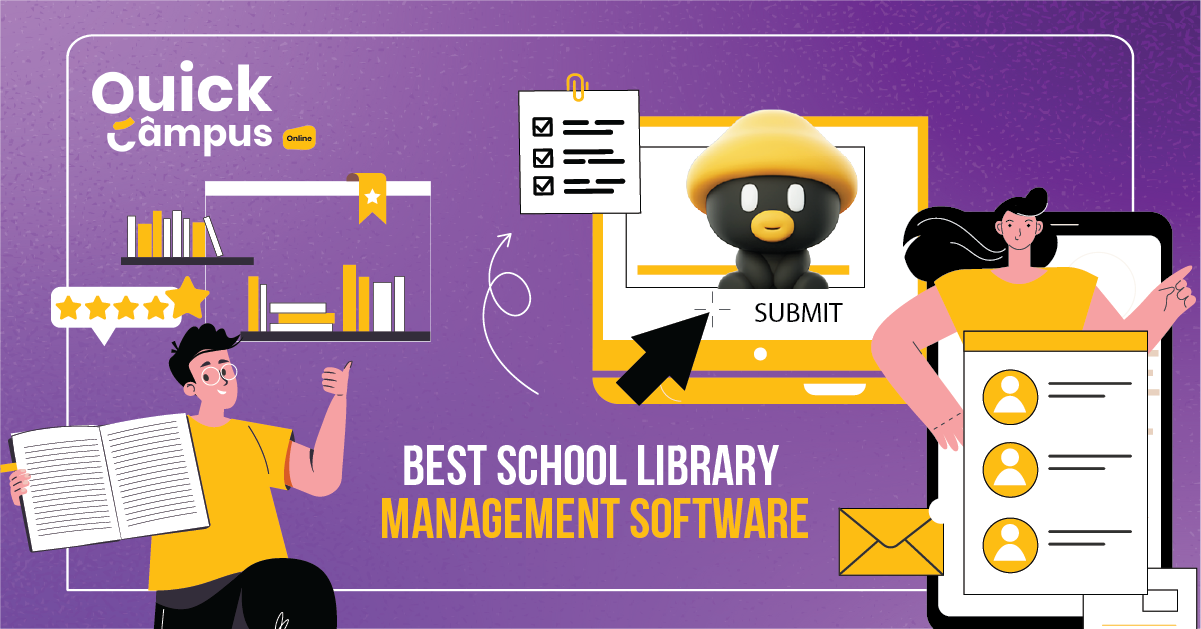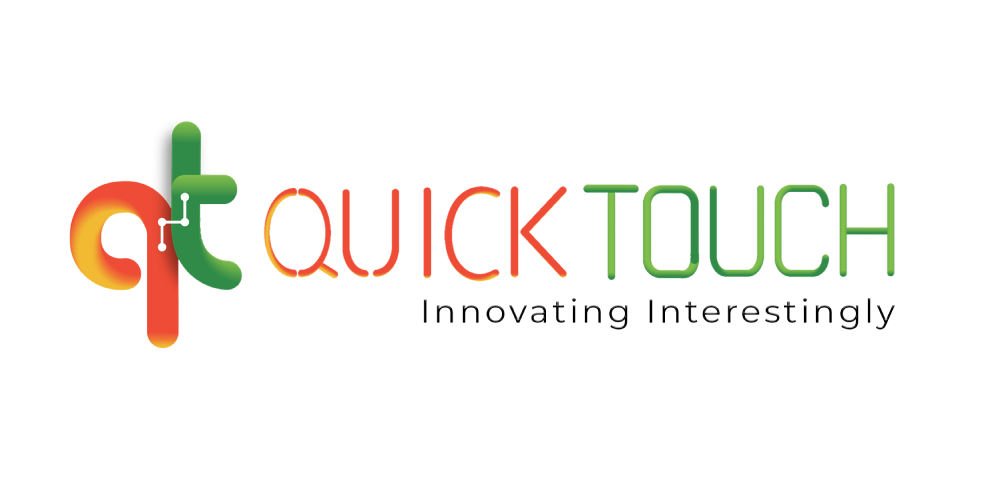Hot Potato Technology In Blended Learning
The term blended learning refers to the blending/combining of classroom lessons and online learning activities. E-learning is, among other things, a pedagogically recognized educational model now because it gives freedom, accessibility, and a personalized learning environment. However, one of the more difficult challenges that teachers face in blended learning is instigating active participation and group work among the students. New technologies like Hot Potato Technology invented as a blended learning platform, have successfully responded to these problems.
In this article, we will be talking about Hot Potato technology and the employment of this technology in a blended learning experience, and the outcome of this experience was student engagement and collaboration.
Understanding Hot Potato Technology
Hot Potato technology is an innovative tool that promotes engagement and collaboration between learners in online learning platforms or environments. The idea is derived from the game when kids have to speedily pass a heated ball amongst themselves before the music ends. In the educational realm, Hot Potato technology is about quick and flashing exchanging of thoughts, queries, or assignments among students, generating a shaking atmosphere as in the game.
Implementation In Blended Learning
Hot potato technology can easily blend into learning environments, such as live online courses, discussions at different locations, and group projects.
1. Synchronous Sessions
During web-based live sessions, instructors can use hot potato technology to enable rapid discussion, brainstorming, or tests. Students are encouraged to respond promptly to questions produced within specific periods to ensure active participation and sustained concentration.
2. Asynchronous Discussions
Hot Potato technology can utilized through online forums or discussion boards. Students must respond to particular topics or queries and should pass the potato (or leave a response on another student’s post) within an allocated period. It leads to peer interaction, critical thinking, and a sense of community among learners.
3. Collaborative Projects
Students are encouraged to work together in tackling challenges, passing the metaphorical potato (or sharing responsibilities and ideas) as they seek solutions. This hands-on approach not only cultivates a sense of camaraderie among students but also enhances their ability to communicate effectively and solve problems collectively.
Impact On Engagement And Collaboration
The integration of Hot Potato technology in blended learning environments has several notable benefits:
1. Increased Engagement
Hot Potato technology introduces an anxious element and competitive instincts that hold students’ attention high and encourage active participation in learning sessions. The approach is rapid, preventing monotony and making learners concentrate during the session.
2. Enhanced Collaboration
In this technology, the students collaborate to exchange ideas, give feedback, or work together with others on shared goals. Hot Potato technology, therefore, encourages peer-to-peer learning and interaction among the students. This environment of collaboration develops a sense of ownership and belonging for the learners.
3. Immediate Feedback
Usually, Hot Potato activities involve rapid exchanges of information. The Students or instructors can respond directly to each other and give them immediate responses on what they have contributed. This point allows for timely reflection, helps confirm learning objectives, and makes it possible to adjust instantly in response to student reactions.
4. Development of Critical Skills
Critical thinking, communication skills, and problem-solving abilities necessary for scholarly accomplishment and lifelong learning are encouraged by these cognitive processes involved in Hot Potato activities, which require fast thinking, brief expression of thoughts, and reaction to differing opinions.
Conclusion
The Hot Potato technology is an interactive tool capable of acting in two ways- encouraging student engagement and teamwork between blended learning environments. The dissemination of current teaching standards is nowadays that of the innovative and technology-oriented classes, which means the philosophy of keeping students interested and involved through interaction in the classroom implanted within them.
Therefore, educators have to give a chance to create engaging and creative lessons consistent with what the current generation, the digital age, is interested in to keep them fully involved in the learning process. The use of technology in education may result in an automated system that impacts the relationship with learners and transforms the process of information search and transmission into an art.












